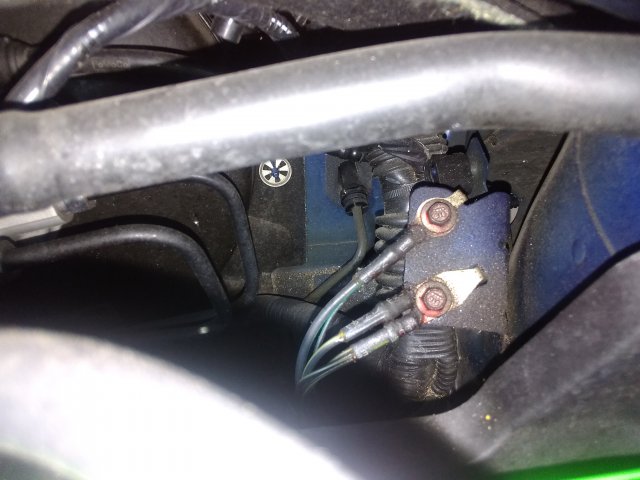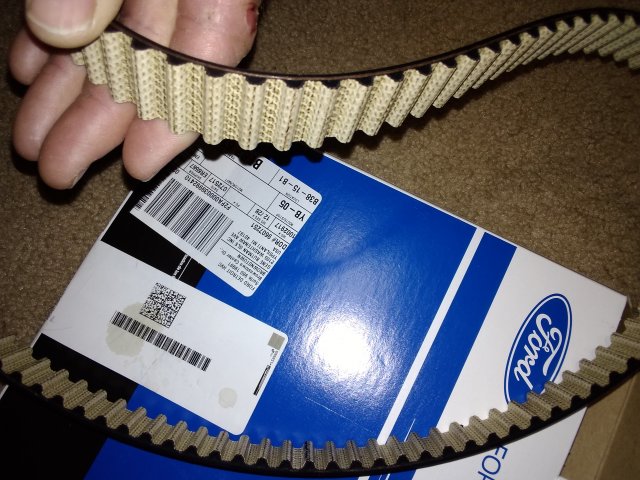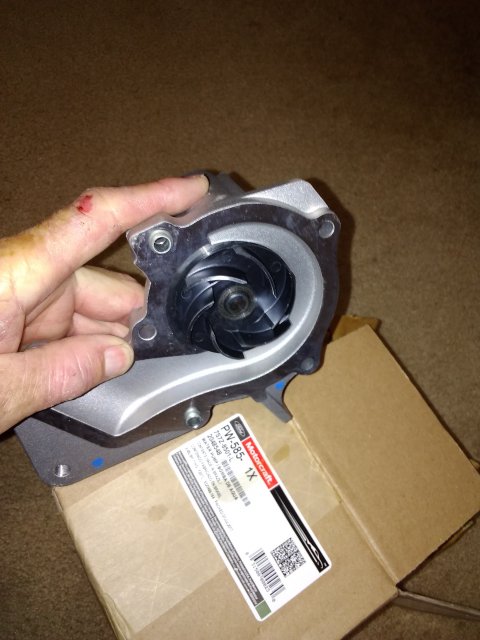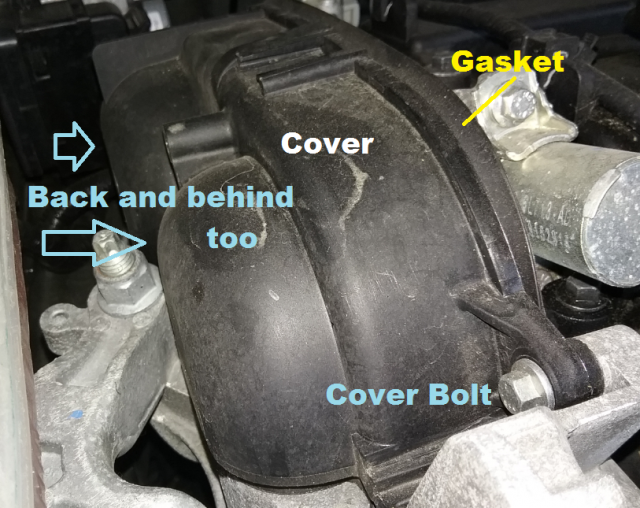It good to know that the coolant id circulating - that's a relief.
That Knock? That may be the Advance / Retard issue causing the the ORIGINAL trouble code. your P0016 would then be "true" as your cam shafts are "off" to each other. (The "jumped time" reference) Where one vale train is operating at a different trimming "trim" it is not set up for.- the engines PCM can't compensate fully for this discrepancy.
Open the hood, facing the Motor, your Timing cover is (in US vehicles) on YOUR LEFT (Passenger side) while the back or reward side of the motor is on YOUR RIGHT by the PCM and Battery - the Transmission and Transaxle are under the battery and it's tray. (I'm writing this way, as a LEGACY approach - this is for you and anyone else that may read this thread later can know the aspect)
The top of the motor has two solenoids one on each valve cover right by the timing belt. and there are two sensors on the rearward side of the motor - the side that goes towards the transmission - these two rearward ones are the timing - the front ones (Timing belt side) open and close as specific times to change the way the vales in each side operate.
This happens is a fashion so that the timing gear and belt do not change, the CAMSHAFT it's connected to, does - by allowing oil in and out of a chamber that allows the camshaft to rotate as a method of advance or retard it's opening and closing of the valves - changing how the fuel air and exhaust valves are in relation to the piston of their respective cylinder.
There is a video about this process on Youtube...
it's over 16 minutes of rather dry tech material for some viewers but I find it a useful diagnostic and understanding of how this system works
This is supposed to happen so you notice the extra power being applied, and the solenoids - once the job is done, release the oil back into the valve train cover to be returned to the oil pan. IF the solenoids become stuck, they may refuse to open, or stay closed or worse stay open unable to close (binding) and the two camshafts are off proper timing all the time, as long the oil pressure is high enough to push one of the camshafts ahead of the other - setting the P0016 code as a default. This can cause a "drift" in power problem too - low oil pressure with lower engine RPM, the advance is not as great so the error in timing wouldn't be so bad as you would have with higher RPM - so if your motor seem to work better at higher RPM than usual, another symptom to the ROOT cause.
That is the TIMING aspect. But if the Belt jumped a few teeth, then when the solenoids release the oil, the normal timing aspect does not return and the oil released just gets circulated back into the system - everything is as usual - except for the SENSORS now "see" something has changed. The video shows the process and as you can see the "gear" or toothed pulley is not affected, but is part of the process if the timing as they turn thru their cycling - where the solenoids add or take away oil the pulley and camshaft can be put into a position of tension at a specific time of where the valves and their inertial moment - and the pulleys own momentum can do something unexpected.
IF the engine thinks it's at the right timing reference - it fires the sparkplug that goes to the proper cylinder - if everything goes well - power is produced..
IF that timing is off, the cylinders' sparkplug may fire too soon, causing predetonation - and the knock you hear - like it's a noisy valve train or low oil pressure. It can also set another code of excessive spark knock - or a timing problem related to poor fuel causing the knock, and try to trim fuel and perhaps the timing which then affects the drivetrain and its' ability to produce power . The engine would operate sluggishly - of if it jumped time - one moment it's advanced, but the knock and timing references say another and sets another code.
There is also the concern of the age of the motor and its ability to keep the oil pressurized and provide enough volume to even be applied to advance the timing. A wear indication, because of the oil pumps' capacity and ability to keep enough pressure in the system to afford the ability to advance - if one (or both) solenoid opens and the pressure drops, this can set this code too - because the expected advance timing never occurred or was not sustained along enough to complete the cycle. This can happen in older, high-mileage vehicles that have motors nearing the end or their service life and require an overhaul
So to me, if you don't mind - I may need to refer to this post of mine someday. As a reminder for myself. I have owned other vehicles that utilized similar technology that if you do a search for my posts elsewhere here in these forums, you'll see in one particular vehicle they even had a separate filter screen installed to keep the solenoid from premature failure - so the effort of regular scheduled maintenance plays a key, pivotal role in this.
The reason why I know so much about this was I too had to upgrade to another vehicle - the one I had use similar technology, but it had a lot of miles under it's wheels. So as a matter of useful life, and of safety, it was necessary to upgrade.




